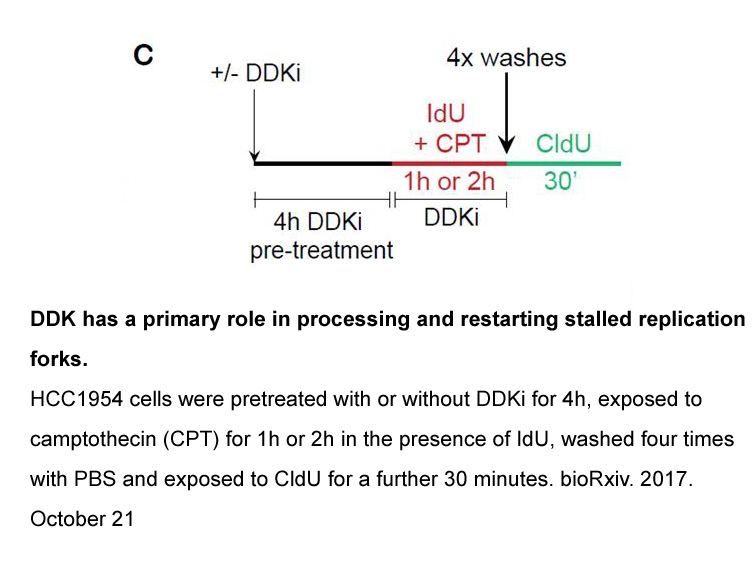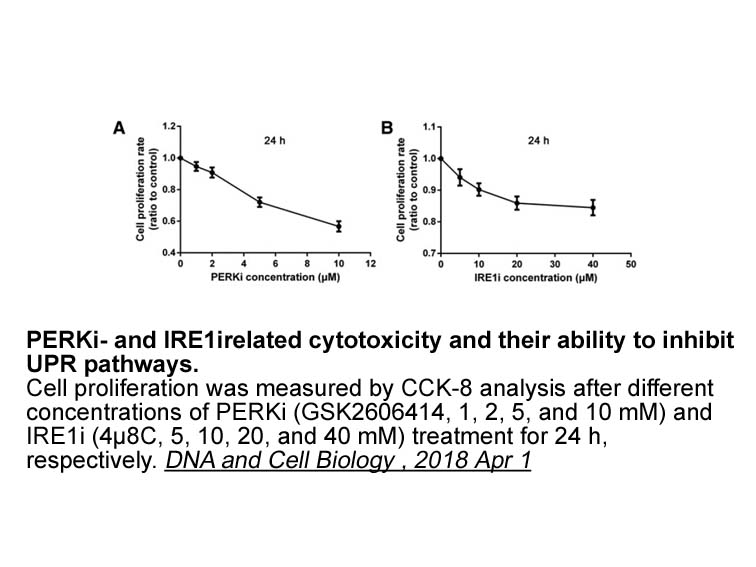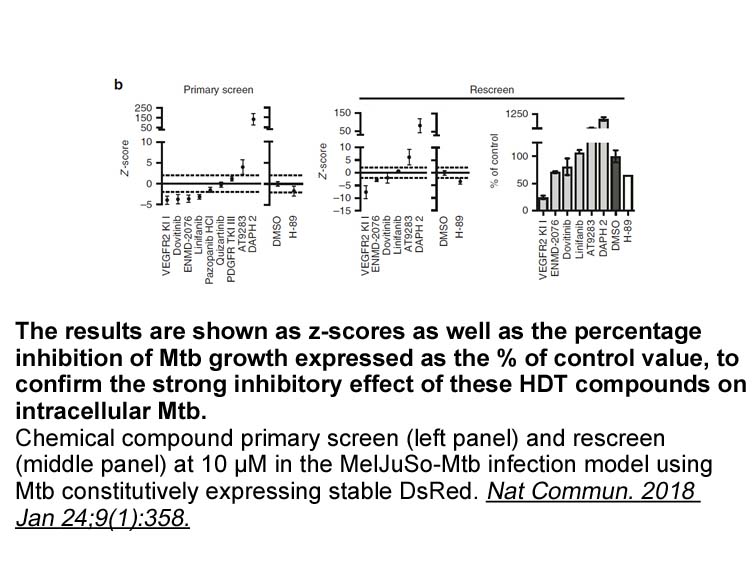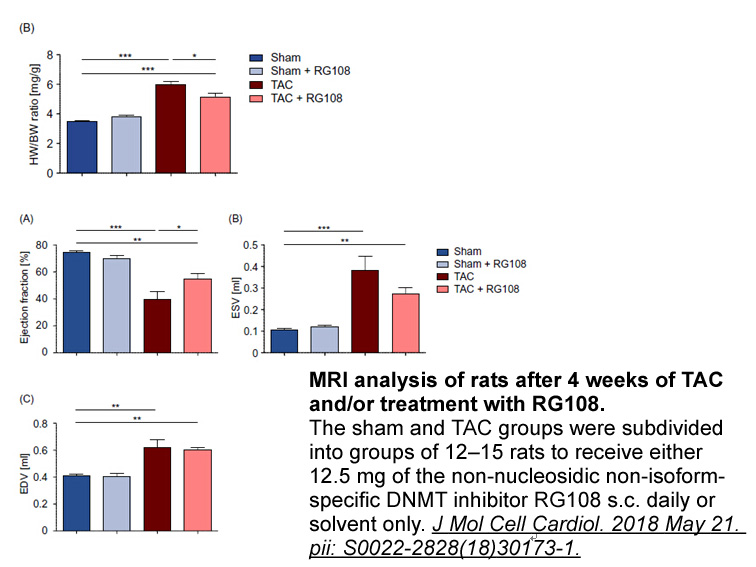Archives
- 2018-07
- 2019-07
- 2019-08
- 2019-09
- 2019-10
- 2019-11
- 2019-12
- 2020-01
- 2020-02
- 2020-03
- 2020-04
- 2020-05
- 2020-06
- 2020-07
- 2020-08
- 2020-09
- 2020-10
- 2020-11
- 2020-12
- 2021-01
- 2021-02
- 2021-03
- 2021-04
- 2021-05
- 2021-06
- 2021-07
- 2021-08
- 2021-09
- 2021-10
- 2021-11
- 2021-12
- 2022-01
- 2022-02
- 2022-03
- 2022-04
- 2022-05
- 2022-06
- 2022-07
- 2022-08
- 2022-09
- 2022-10
- 2022-11
- 2022-12
- 2023-01
- 2023-02
- 2023-03
- 2023-04
- 2023-05
- 2023-06
- 2023-07
- 2023-08
- 2023-09
- 2023-10
- 2023-11
- 2023-12
- 2024-01
- 2024-02
- 2024-03
- 2024-04
- 2024-05
- 2024-06
- 2024-07
- 2024-08
- 2024-09
- 2024-10
- 2024-11
- 2024-12
- 2025-01
- 2025-02
- 2025-03
- 2025-09
- 2025-10
-
Murine RNase Inhibitor: Oxidation-Resistant RNA Protectio...
2025-10-02
Murine RNase Inhibitor delivers robust, oxidation-resistant RNA degradation prevention, empowering sensitive workflows like real-time RT-PCR and in vitro transcription. Its unique resistance profile and compatibility with low-reducing conditions set a new standard over conventional RNase A inhibitors, enabling next-gen RNA-based molecular biology research.
-
WY-14643 (Pirinixic Acid): Selective PPARα Agonist for Me...
2025-10-01
WY-14643 (Pirinixic Acid) stands at the forefront of metabolic disorder and tumor microenvironment research as a potent, selective PPARα agonist. Its dual action on PPARα/γ, robust anti-inflammatory effects, and proven metabolic benefits make it a versatile tool for advanced in vitro and in vivo studies. Explore optimized workflows, troubleshooting strategies, and novel experimental directions that set WY-14643 apart from conventional agents.
-
T7 RNA Polymerase: Unveiling New Frontiers in In Vitro RN...
2025-09-30
Explore the advanced capabilities of T7 RNA Polymerase in in vitro transcription, RNA vaccine production, and RNA structure-function studies. This comprehensive guide reveals the enzyme’s critical role, unique biochemical attributes, and emerging applications beyond conventional approaches.
-
Adenosine Triphosphate (ATP): Unveiling Regulatory Roles ...
2025-09-29
Explore the advanced regulatory functions of Adenosine Triphosphate (ATP) as a universal energy carrier and modulator of mitochondrial enzyme turnover. This article offers a unique perspective on ATP’s impact on proteostasis and metabolic pathway investigation, grounded in the latest research.
-
Anti Reverse Cap Analog (ARCA): Revolutionizing mRNA Capp...
2025-09-28
Explore how Anti Reverse Cap Analog (ARCA), 3´-O-Me-m7G(5')ppp(5')G, empowers precise synthetic mRNA capping for advanced cell reprogramming and mRNA therapeutics research. This article uniquely examines ARCA’s pivotal role in hiPSC-to-oligodendrocyte differentiation, offering technical insights and next-generation applications.
-
ARCA EGFP mRNA: Unlocking Advanced mRNA Delivery and Expr...
2025-09-27
Discover how ARCA EGFP mRNA, an advanced enhanced green fluorescent protein mRNA, enables next-generation mRNA delivery studies and direct transfection control in mammalian cells. This article uniquely explores its molecular engineering, integration with lipid nanoparticles, and novel research applications.
-
One-step TUNEL Cy3 Kit: Next-Level Insights for Apoptosis...
2025-09-26
Explore how the One-step TUNEL Cy3 Apoptosis Detection Kit enables advanced, quantitative analysis of DNA fragmentation in apoptosis detection. This article offers a unique, mechanistic perspective on integrating fluorescent apoptosis detection in emerging programmed cell death research.
-
NHS-Biotin: Redefining Protein Engineering with Precision...
2025-09-25
Explore how NHS-Biotin, a membrane-permeable amine-reactive biotinylation reagent, is revolutionizing protein engineering through stable amide bond formation and advanced intracellular labeling. This article reveals novel strategies and scientific insights not covered in standard protocols.
-
Cyclopamine in Precision Cancer Research: Beyond Pathway ...
2025-09-24
Explore how Cyclopamine, a Hedgehog signaling inhibitor, is redefining precision cancer research through advanced applications in breast and colorectal models, and mechanistic insights from developmental biology. Discover nuanced strategies and experimental guidance not covered in standard reviews.
-
BGJ398 (NVP-BGJ398): A Tool for Dissecting FGFR Signaling...
2025-09-23
BGJ398 (NVP-BGJ398) is a highly selective FGFR inhibitor that has become indispensable in oncology and developmental biology research. This article explores its unique utility in probing FGFR signaling, apoptosis induction in cancer cells, and the mechanistic underpinnings of tissue development.
-
br Experimental br Acknowledgment br Introduction The NADPH
2025-03-03

Experimental Acknowledgment Introduction The NADPH-dependent reduction of d-glucose catalyzed by aldose reductase (E.C.1.1.1.21) (AR) is considered as one of the phenomena leading to the onset of long term diabetic complications [as review see: [1], [2]. In fact, the reduction of the sugar,
-
br Acknowledgments br Introduction Within the classical secr
2025-03-03

Acknowledgments Introduction Within the classical secretory pathway, transmembrane and soluble cargos travel via the endoplasmic reticulum (ER) and Golgi apparatus en route to their final destinations [1]. However, at a post-Golgi level, trafficking routes can diverge. In this context, the tra
-
In our study the expression levels of adiponectin and
2025-03-03

In our study, the expression levels of adiponectin and its receptors in the uteri, conceptuses, and throphoblasts were determined by the stage of early pregnancy. Therefore, it could be hypothesized that the adiponectin system is regulated by the local hormonal milieu. Hormonal regulation in the ute
-
Our previous work fails to show any
2025-03-03

Our previous work fails to show any maternal effect with blockade of 5-HT2A receptor, as acute and repeated treatment of MDL100907 does not alter maternal behavior at the behaviorally active doses (Chen et al., 2014). In the present study, MDL100907 pretreatment attenuated the maternal disruptive ef
-
The relatively high concentration of
2025-03-03

The relatively high concentration of 5-HT used in this study (100 µM) is consistent with the concentrations used in other published ex vivo studies (Ropert and Guy, 1991, Passani et al., 1994, Shen and Andrade, 1998). In our paradigm 5-HT was focally applied at the surface of the slice via a fast pe